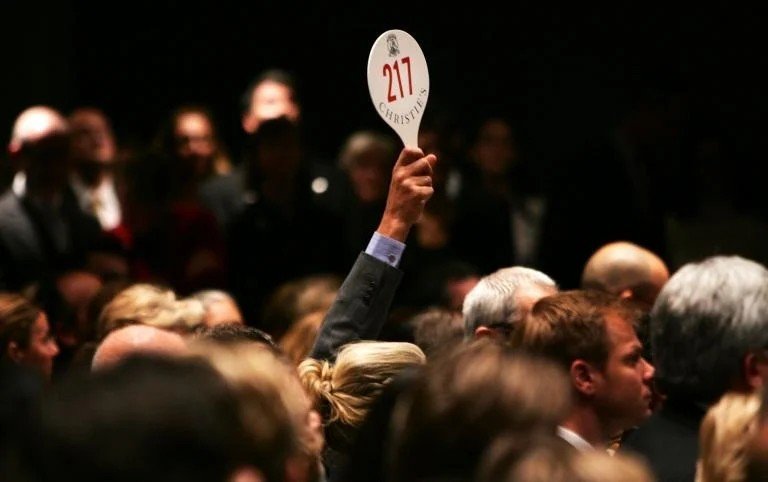A Beginner’s Guide To Art Collecting.
How to Start Collecting Art: A Comprehensive Guide.
Collecting art can be a deeply fulfilling and financially rewarding pursuit. Whether you are an avid art lover or an investor seeking long-term value, building a well-curated collection requires knowledge, patience, and strategy. This guide will help you navigate the process of starting an art collection, working with galleries, documenting your collection, assessing value, inventory management, and reselling.
1. Understanding Your Taste and Goals
Before purchasing art, spend time exploring different styles, artists, and mediums. Visit museums, art fairs, galleries, and online platforms to identify what resonates with you. Decide whether your collection will be passion-driven, investment-oriented, or a mix of both. This will guide your acquisition strategy and budget.
2. How to Work with Art Galleries
Galleries are a primary source for acquiring high-quality and authentic artworks. Here’s how to establish productive relationships with them:
Research and Visit Galleries: Identify reputable galleries that align with your interests. Attend openings and exhibitions to understand their offerings.
Build Relationships with Dealers: Engage in discussions with gallery owners and art dealers. Express genuine interest and ask questions about artists and their works.
Understand Pricing and Market Trends: Prices vary based on an artist’s reputation, demand, and medium. A good dealer will guide you on fair pricing and potential investment value.
Negotiate and Buy Smart: While some gallery prices are fixed, there may be room for negotiation, especially for emerging artists.
3. How to Document Your Collection
Proper documentation is essential for insurance, valuation, and eventual resale. Ensure each piece you acquire includes:
Certificate of Authenticity (COA): Provided by the artist or gallery, this certifies the work’s legitimacy.
Provenance: A record of ownership history and previous exhibitions.
Purchase Receipt: Details of the transaction, including price, date, and seller.
High-Quality Photos: Capture multiple angles, signature details, and any markings.
Condition Reports: Especially for older pieces, document any existing damage or restoration work.
4. How to Know the Real Value of Art
Determining an artwork’s true value involves several factors:
Artist’s Reputation: Established artists have well-documented market demand and auction records.
Market Demand: Popular themes, styles, and artists fluctuate over time.
Rarity and Uniqueness: Limited editions or one-of-a-kind pieces hold higher value.
Art Appraisal Services: Professional appraisers can provide a formal valuation for insurance and resale.
Auction House Records: Research similar works sold at auction to gauge pricing trends.
5. How to Inventory Your Collection
An organized inventory simplifies tracking, maintenance, and future sales. Consider using specialized software or a spreadsheet to log:
Artwork Details: Title, artist, year, medium, dimensions.
Purchase Information: Seller, price, date, and provenance.
Current Location: Whether the artwork is in your home, a storage facility, or on loan.
Insurance Information: Policy number, coverage details, and appraisal value.
Maintenance Records: Any conservation or restoration work performed.
6. How to Resell Artwork
At some point, you may decide to sell pieces from your collection. Here’s how to do it successfully:
Choose the Right Sales Channel: Options include galleries, auction houses, online platforms (e.g., Artsy, Saatchi Art), or private collectors.
Get an Updated Appraisal: Market conditions change, so reassess the artwork’s value before listing it for sale.
Consign with Reputable Dealers: If selling through a gallery or auction house, they typically take a commission but provide broader market exposure.
Promote Your Art: If selling independently, create high-quality images and descriptions, and network with collectors.
Keep Documentation Ready: Buyers will want provenance, COA, and condition reports to ensure authenticity.
Starting an art collection is a rewarding journey that combines passion, education, and financial insight. By working with reputable galleries, maintaining thorough records, understanding market values, and managing your collection strategically, you can build an art portfolio that brings both personal joy and potential financial returns. Happy collecting!





